by Mike Gulett –
Ferrari, Lamborghini, Porsche and Aston Martin get most of the attention in the exotic car world — and for good reason. Their stories are rich, their racing pedigrees long, and their designs unforgettable.
But just outside that spotlight exists a fascinating category of cars: low-production supercars built by small companies with enormous ambition. Some of these cars were engineering moonshots, some design experiments, and some simply arrived at the wrong moment in the market.
Yet each of them represents an interesting idea — and in today’s collector car landscape, these ideas are aging very well.
Cizeta-Moroder V16T
If the Cizeta looks like an alternate-universe Lamborghini, there’s a reason. Bertone designer Marcello Gandini originally intended this angular wedge as the successor to the Countach, but Lamborghini management softened the design into what became the Diablo. Gandini wasn’t pleased — and neither was former Lamborghini engineer Claudio Zampolli.
So they partnered with music producer Giorgio Moroder and built the car their way.
The result was a hand-built supercar powered by a transversely mounted V16 — essentially two Lamborghini V8s sharing a crankcase. The numbers were astonishing, the stance dramatic, and the production run tiny. Fewer than a dozen exist.
Monteverdi Hai 450 SS
Peter Monteverdi’s Hai 450 SS may be one of the most unlikely supercars ever conceived: a Swiss chassis wrapped in sleek Italian-style bodywork, powered by Chrysler’s legendary 426 Hemi.
When it debuted in 1970 in an unapologetically purple finish, it looked like a concept car that accidentally escaped the auto show stand. Production brochures were printed and orders taken, but reality intervened. Only two — maybe three — cars were built.
Today, the Hai is one of the great “what-ifs” in automotive history. It represents a brief moment when a determined person believed he could build a world-class supercar and almost did.
De Tomaso Guarà
Alejandro de Tomaso spent his entire career challenging convention, and the Guarà — his final road-going model — reflects that spirit. Introduced in the mid-1990s, the Guarà used composite bodywork, Formula One-influenced suspension, and V8 power sourced from BMW and later Ford.
Reviews at the time were mixed. The styling polarized, but those who drove it discovered something special: a tactile, lightweight driver’s car in an era increasingly moving toward electronic assistance.
With so few built and few surviving, the Guarà is becoming an important bookend to De Tomaso’s legacy — and collectors are beginning to notice.
Mosler MT900S
The Mosler MT900S never had the marketing budget of a European exotic brand, but it had something arguably more meaningful: engineering focus. With a carbon-fiber structure, Corvette-derived V8, and obsessive weight reduction, the MT900S posted performance figures that surprised industry observers.
It weighed under 2,500 pounds and delivered acceleration and handling that rivaled — and occasionally beat — contemporary Ferraris and Lamborghinis. Yet only a handful were ever sold.
Today, the Mosler feels like a preview of the lightweight, track-focused era that arrived years later.
Why These Cars Are Interesting
Cars like these remind us that the supercar world was not shaped solely by major automakers. It also evolved through passion projects, engineering experiments, leaps of faith, and the occasional financial miscalculation.
They may not have had large marketing departments, Formula One trophies, or global dealer networks, but they have something arguably more valuable in today’s collector market: rarity, originality, and a story worth knowing.
As interest in analog, limited-production exotic cars continues to rise, these forgotten heroes are finally being rediscovered — not just as curiosities, but as meaningful pieces of automotive history.
Their moment may still be now.
Let us know what you think in the Comments.
Research, some text and some images by ChatGPT 5.
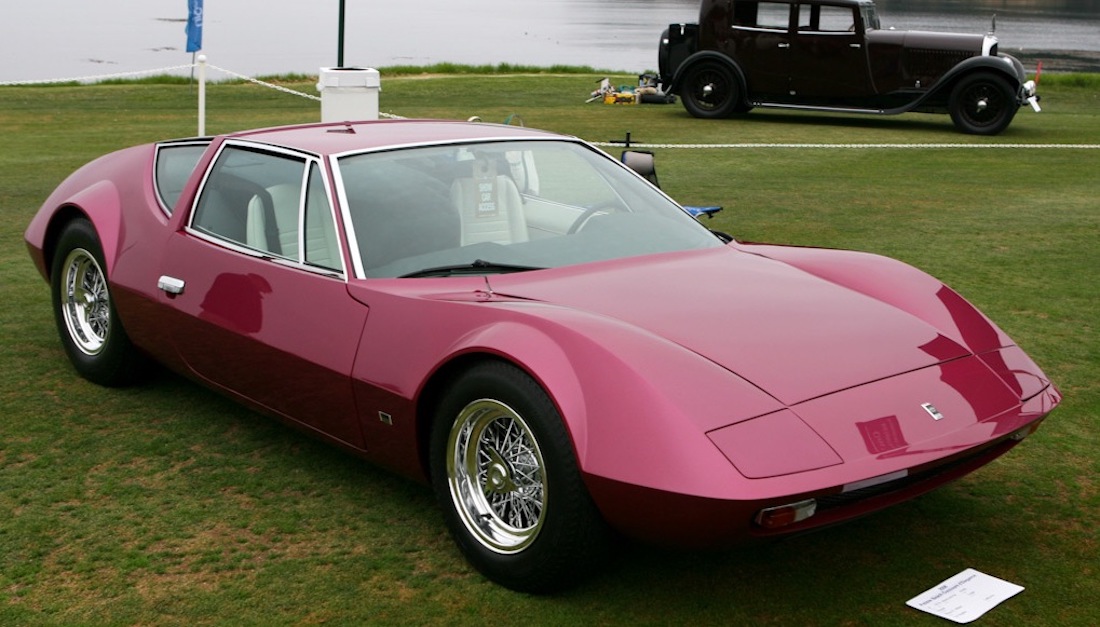

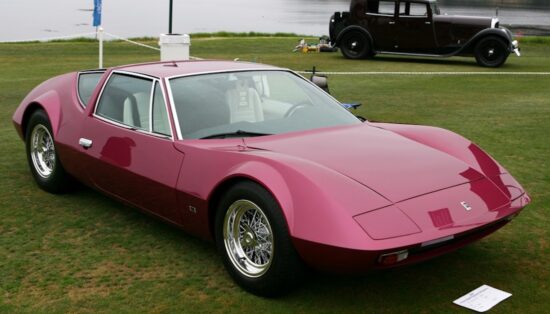
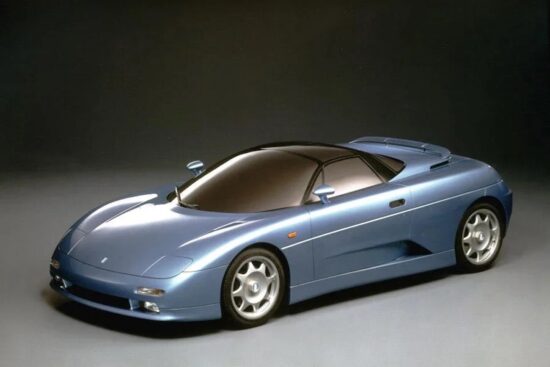
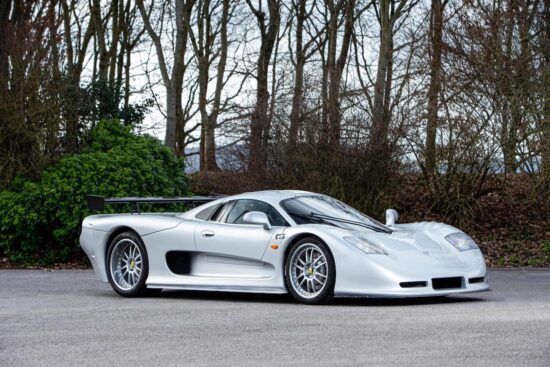

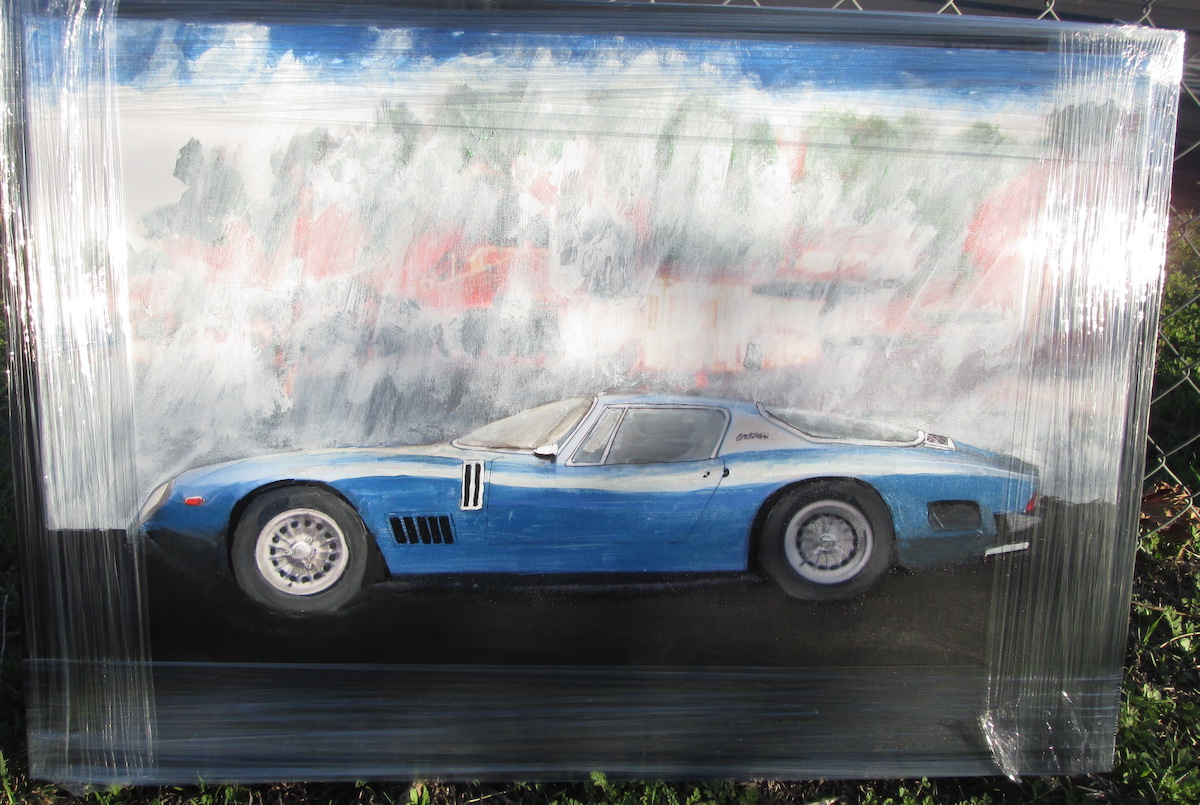

Mike,
There was a great article in the March/April issue of Hagerty’s on how Peter Monteverdi got into the car making business after being a racer and in the car selling business called “The Rise and Fall of Monteverdi Automotive”:
“After his recovery and retirement from racing, Monteverdi faced another hurdle: Enzo Ferrari’s demands. Apparently, old man Ferrari stipulated that Monteverdi buy 100 new Ferraris—and pay for them up front—to retain his import privileges. Clearly furious at this presumption, Monteverdi refused and duly lost his franchise. Deciding, just as Ferruccio Lamborghini had, that the best form of revenge was to make his own cars to rival Ferrari’s, Monteverdi turned his attention and considerable enthusiasm toward the drawing board, with his first road-car creation arriving in 1967.
Christened the Monteverdi High Speed 375 S, this big GT came with bespoke bodywork, designed and hand-built by Carrozzeria Frua (later tweaked by Fissore), with power courtesy of Chrysler’s 440-cubic-inch V-8. The High Speed won many an admirer upon its debut at the 1967 Frankfurt motor show; it was also the first Swiss-made model to be presented for three decades.”
It seems that Enzo being a complete prick inspired a lot of people to do great things!
Glenn in Brooklyn, NY.